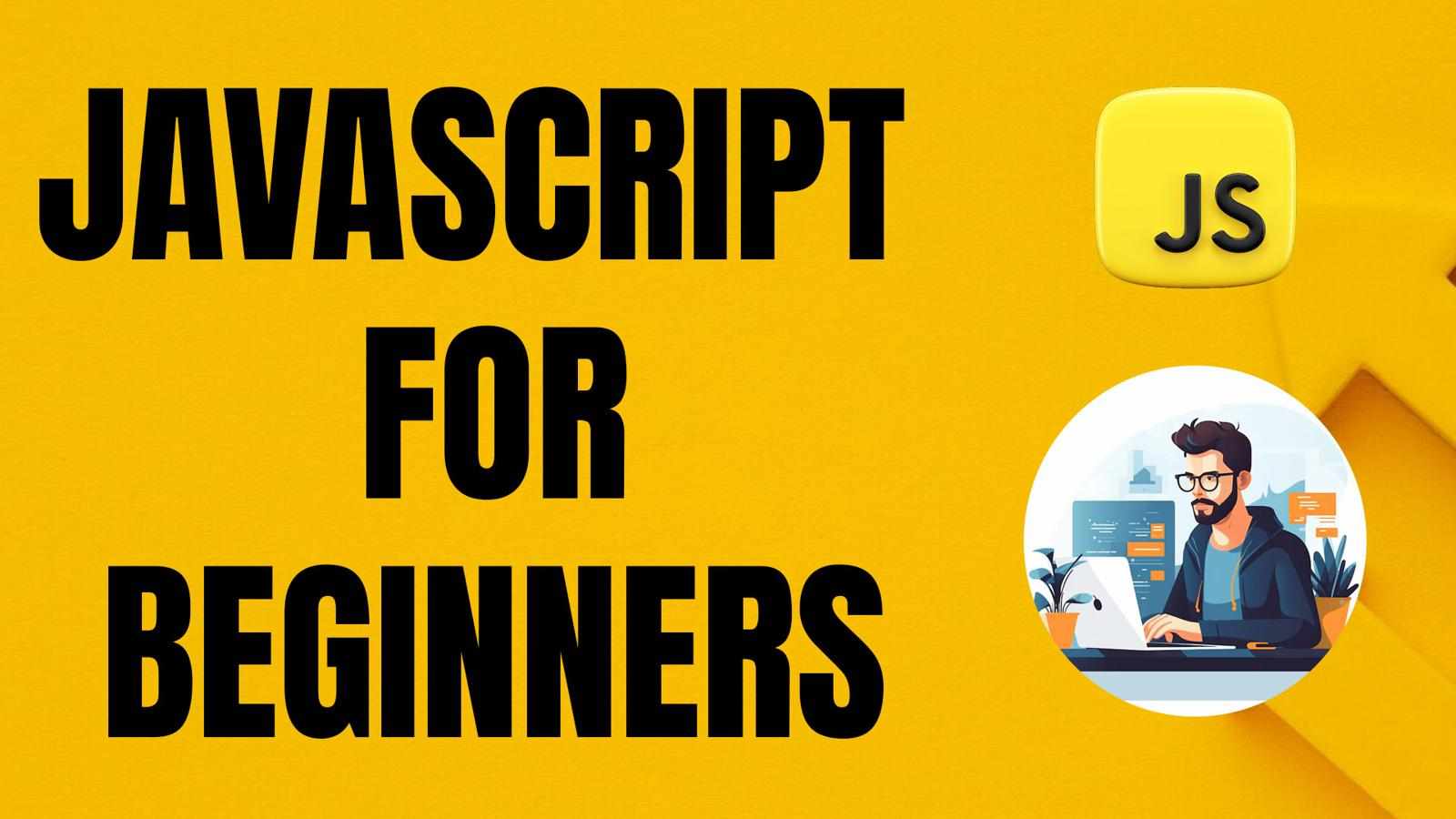
The internet loves two things: JavaScript and memes. Okay, maybe cats too—but memes and JavaScript are definitely up there. Now imagine blending them together: taking the viral, hilarious energy of memes and pairing it with the creative power of code. What do you get? A digital playground where humor, timing, and interactivity collide—and it's all powered by JavaScript.
If you're new to programming and wondering what is JavaScript, or just looking for a fun and offbeat JavaScript tutorial idea, this one’s for you. Let's explore how the language of the web can bring memes to life, and how you can ride that wave of creativity while learning something useful along the way.
What Is JavaScript?
Let’s kick things off with the basics. JavaScript is one of the most essential programming languages used in web development. It’s the force behind many of the dynamic and interactive features you see on websites—from animated elements and dropdown menus to games and instant feedback forms.
In simpler terms, if HTML is the structure and CSS is the style, then JavaScript is the behavior. It gives life to the elements on your screen, letting them react, animate, move, and respond. It’s supported by every modern browser and is a must-learn for aspiring web developers.
Why Combine JavaScript and Memes?
Because it’s fun! Learning how to code can sometimes feel a bit serious or even overwhelming. But when you introduce humor into the mix—especially internet humor—it becomes instantly more enjoyable and relatable.
Memes are bite-sized expressions of pop culture. They're recognizable, funny, and often absurd. JavaScript, on the other hand, gives you the tools to make things move, change, respond to clicks, or animate with perfect comedic timing. Put those together and you can create interactive memes that go far beyond static images or GIFs.
Breathing Life into Memes
One of the best parts about using JavaScript with memes is the ability to control timing and interaction. Think about a meme that zooms in slowly on someone’s shocked face, or one where the text dramatically changes after a few seconds. JavaScript lets you make that happen.
You can create a meme that tells a story, reacts to user input, or delivers a punchline after a delay. For example, imagine a meme where someone clicks a “Do Not Press” button—and the entire page explodes in comic chaos. That’s the magic of JavaScript at work.
A Meme as a JavaScript Tutorial?
Yes, absolutely! In fact, building memes is a surprisingly good way to follow a JavaScript tutorial. You’ll cover so many fundamental concepts without even realizing it. Things like:
Working with elements: Targeting and updating text or images.
Event handling: Responding to clicks, hovers, or other actions.
Timing functions: Making something happen after a delay.
Animations and transitions: Moving elements across the screen.
Conditionals: Changing behavior based on user interaction.
By wrapping these concepts inside a funny or ridiculous meme format, you’ll be learning by doing—and laughing while you do it.
Turning Viral Moments into Interactive Fun
Have a favorite meme or viral moment? Why not code your own interactive version? JavaScript makes it easy to recreate famous internet trends and remix them with your own twist.
Imagine building an interactive page where the “This Is Fine” dog starts sweating more as you hover over the flames. Or where the dramatic chipmunk spins around every time someone clicks a button. These projects are not just hilarious—they’re great practice for building interactive content.
It’s meme-making, but for coders.
Sharpening Skills While Having Fun
Even though these projects are silly on the surface, the skills you develop while building them are anything but. Each interactive meme is a mini project that exercises core JavaScript knowledge. You’ll start to think like a developer—breaking a big idea into smaller actions, thinking about timing and layout, and figuring out how to make different elements work together.
If traditional tutorials bore you, these meme-based challenges will keep you motivated. And let’s be real: it feels pretty awesome to say, “I made a meme that moves, reacts, and makes people laugh.”
Shareable, Relatable, and Original
Another great thing about interactive memes is that they’re highly shareable. You can showcase them on your portfolio, share them with friends, or post them on social media. Unlike a basic to-do list app or calculator project, an interactive meme grabs attention, sparks joy, and tells the world you know how to code with personality.
And best of all, it shows that you're not just a coder—you’re a creator. Someone who understands both logic and humor. That’s a winning combo in the world of tech.
Final Thoughts
Combining JavaScript and memes is more than a quirky idea—it’s an engaging way to learn and grow as a developer. Whether you're just starting out and asking what is JavaScript, or you’re deep into a JavaScript tutorial and looking for a fun side project, interactive memes offer the perfect outlet for creativity and experimentation.
So next time you see a viral meme that makes you laugh, ask yourself: “How could I recreate that with JavaScript?” Then open up your editor, let your imagination run wild, and make the internet laugh all over again—this time, with your code.





Write a comment ...